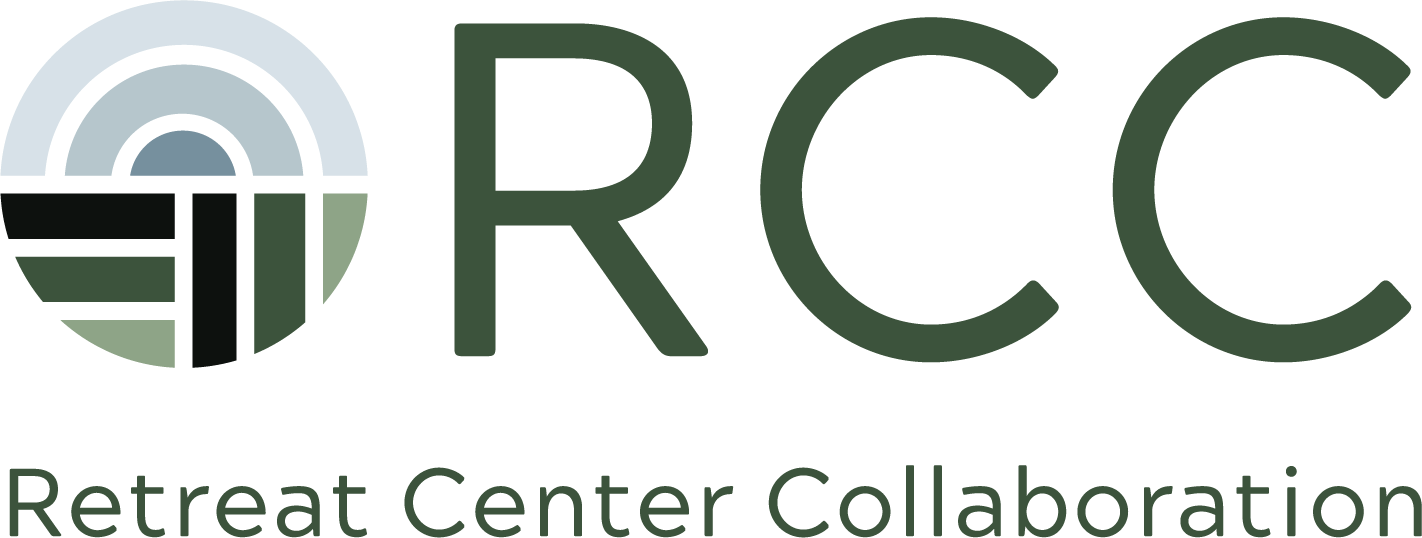Developing RCC’s Shared Roadmap
On our November 22nd Community Call, we explored the idea of the Retreat Center Collaboration as a membership association. We put our heads together to discuss our dreams about what an RCC membership could be, and how we might frame membership for centers who are just learning about what we have to offer.
View the full meeting video by clicking above.
Or scroll down for takeaways from the conversation.
The Beginnings of the RCC
The Retreat Center Collaboration started in 2018 as a three-year program, a project of the Fetzer Institute. Five years later, Commonweal now serves as the RCC’s fiscal sponsor, receiving funding from the Fetzer Institute and other sources.
Membership in the RCC so far is as simple as signing up for the newsletter, and it’s open to everyone.
For more detailed information about how it all began, take a look at our recently-updated Green Paper.
The Future of the RCC
With this meeting, our goal was to get more information about what members like you see as RCC’s purpose. How do you use the RCC now? How would you like to use the RCC in the future? How would you talk to your peers about the RCC? What could a membership model make possible for us?
We want to formalize our organizational structure in a way that maintains the learning-community environment—while understanding that a learning-community isn’t a long-term, sustainable model. A membership model won’t fully fund the RCC, either, but it does offer benefits.
A membership model establishes roles and responsibilities in the community. It defines what we each bring to the community and what is expected of us as part of membership.
It gives greater public alignment with our core values. We’ll have greater capacity to show the world what it is we’re doing and why.
We’ll have greater mutual accountability to the commitments we’ve made to each other and to the change we want to see at our centers.
Membership gives us a way to pursue funding as an association. A formal association lends weight and credibility to our future initiatives.
It gives us a stronger framework for future growth and innovation. We’ll be able to make stronger statements about who is involved and how many are involved.
“Spaces that don’t have criteria for membership become, by default, spaces for the majority/dominant culture.”
Membership helps us ensure we’re accountable to each other when it comes to making our spaces open and welcoming to all.
Feedback from the Listening Circle
The Listening circle felt membership had value, and brought these considerations to our attention:
There may be some questions about language (should participants be “collaborators” or “investors” instead of “members”?)
A membership should serve both those who are putting together programs (organizers) as well as those who are physically running centers (operators).
Membership should encourage contributions that are more than strictly financial.
Timing is important: We want to take advantage of our forward momentum (understanding that we need to grow into a self-sustaining organization), but not rush things too quickly.
Membership criteria should be transparent to current members as well as to new members. That means we must be clear about what we expect from members, who is a member, and how to qualify.
Other Benefits of Membership
Membership isn’t projected to pull in more then 22K per year from dues; but it would provide:
Basic benefits to all participants.
We can make sure it’s not cost-prohibitive to join.
We can create a model that will scale appropriately with us as we grow.
We can offer some possible perks with a tiered-membership model. Here’s a hypothetical breakdown of what different tiers could offer:
An outline of possible perks from a hypothetical, tiered-membership model.
Group Visioning Exercise
Imagine it’s 2029. You’re inviting new centers to join RCC. What do you tell them to get them excited about joining? What does RCC offer retreat centers in this future you imagine?
Here are the highlights from our shared Jamboard, where three primary clusters emerged:
Emerging landscape
Capacity building and professional development
Programs and outreach
What do you dream for the future of RCC?
Comment and share your ideas below.
Notes and Audio
Follow the link below to access presentation PDFs, audio, and additional meeting notes.



